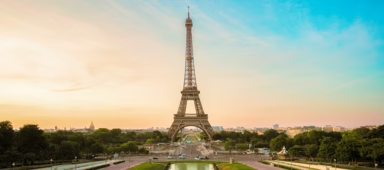As the west wrap up summer with reluctant goodbyes, Asian countries prepare to usher the festive month of September
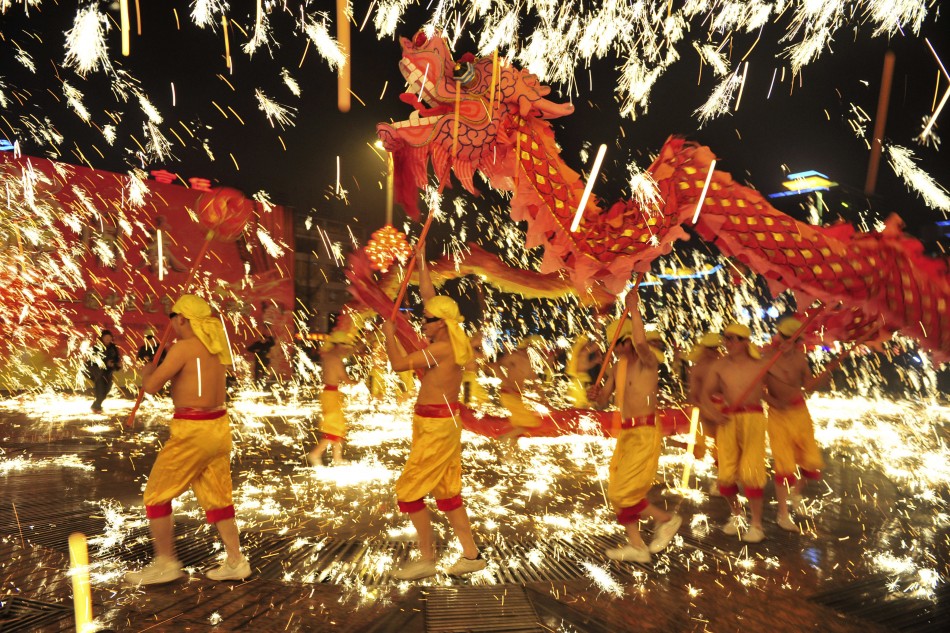
Colourful paper lanterns, celebratory sweet cakes and gifting are plentiful, signalling the beginning of the Mid-Autumn Festival.
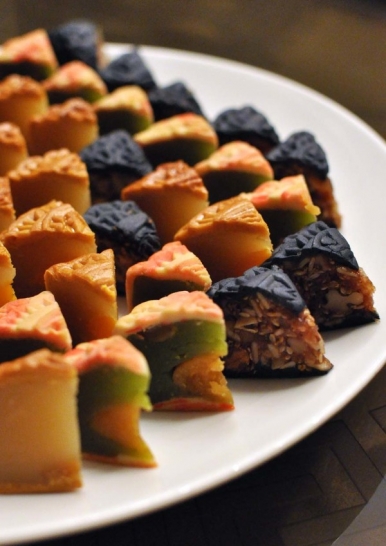
Also known as the Moon Festival, Mid-Autumn is the second largest celebration for Asians of Chinese descent that takes place at the time of year when the moon is at its roundest and brightest. It is a traditional folk custom that falls on the 15th day of the eighth month in the Chinese lunar calendar, and closely linked to family unity, harvest, and ancient Chinese fables. Here are some interesting and unique ways six Asian countries observe this auspicious season.
Malaysia
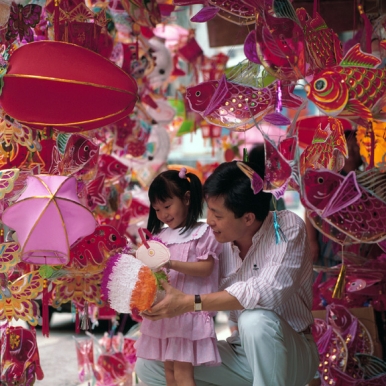
Months ahead of September, shopping malls pop up with special counters selling moon cakes of almost every flavour imaginable, from the traditional lotus paste with egg yolk to local flavours of durian or cartoon-shaped varieties. Chinese sundry shops display colourful lanterns in symbolic animal shapes made for children to carry during the “moon welcoming” parade on the eve of the festival. Among the festival’s line up include lion and dragon dances, too.
China
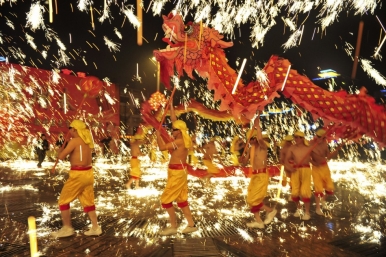
In Mainland China, there are a variety of interesting ways mid-autumn is celebrated, depending on the different ethnic groups. Generally, families still practice moon gazing outdoors, complete with a lavish reunion dinner spread of roast duck, pomelo, moon cakes, pumpkin and wine. Other than the “moon welcoming” parade that goes on into the wee hours, Mid-Autumn Festival is an opportunity for courtship and matchmaking, and men, women and children play traditional games and partake in fortune-telling. Food offerings of fruit are made to deities, followed by incense burning.
Vietnam

The Vietnamese have a very different approach to the festival. It is known as a Children’s Festival, out of the belief that their innocence and purity bestows them the closest connection to the sacred world of deities and animist spirits. Other significant events are dragon boat races, lantern fairs, and lion dances, a tradition believed to bring luck and fortune to the home, performed by both children and trained dancers.
Japan
Known as Tsukimi, Japan’s Mid-Autumn Festival consists of sacrificial offerings to the moon and a celebration of the harvest. Besides also observing moon-appreciating, the Japanese make various sweet treats of steamed buns, mochi (soft glutinous rice balls), rice cakes and bread made from newly harvested sweet potatoes, radish, beans and taro. Some farmers continue the ritual of placing silver grass is placed in a vase and positioned by front doors as an offering to the moon god and also as a talisman against evil spirits.
South Korea
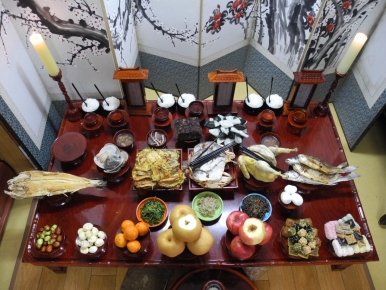
Mid-Autumn is the equivalent of Thanksgiving in South Korea, commemorated with lots of present exchanging among friends and family. South Koreans go on a three-day holiday, and usually travel to their hometown for a sumptuous reunion and moon appreciation with their family members. Women don colourful traditional costumes, children play springboard games, and the men partake in ancestor-worshipping ceremonies. Families prepare food from the new harvest that typically consists of moon-shaped muffins, taro soup, grains and fruit. It is also customary for South Koreans to sweep the tombs of their ancestors.
Singapore
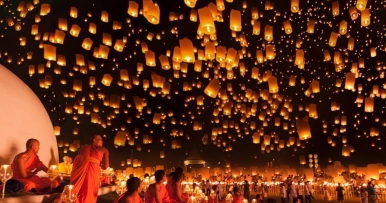
As a nation with a predominant Chinese population, the Mid-Autumn Festival is also taken very seriously. It is the time of thanksgiving too, with lots of moon cake gifting among family, friends and business partners. Singaporeans can become quite obsessed with moon cakes, often stocking up in advance at moon cake fairs in shopping malls hosting booths of decadent moon cakes of all colours and flavours; the durian being a specialty. To prepare for the big day, colourful laterns are put up in major parts of Singapore, resulting in a grand display of suspended lights based on themes related to Mid-Autumn traditions.





